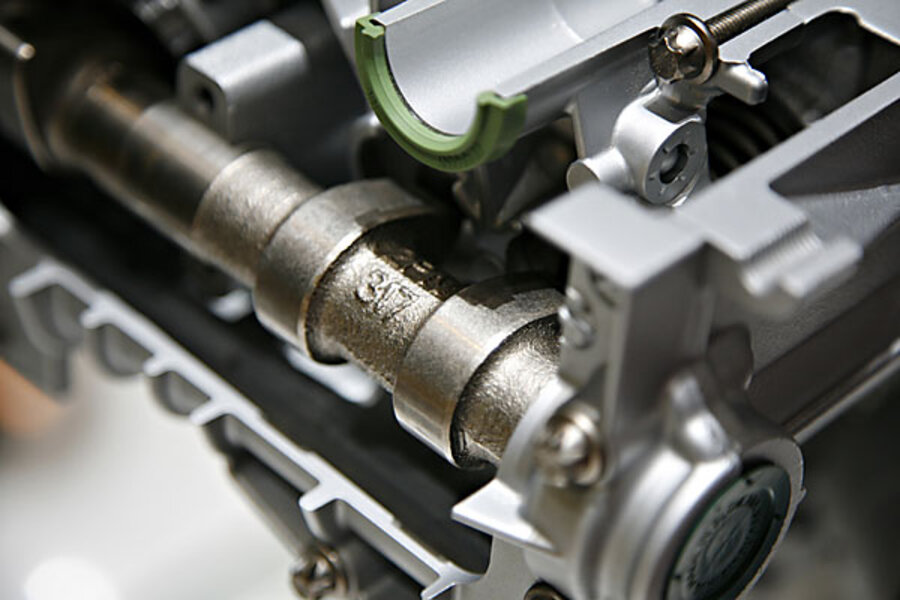Once upon a time, car engines connected the crankshaft to the camshaft with a timing chain. Most new cars use a timing belt instead of a chain to open and close the intake and exhaust valves at the proper time. It is very important to replace the timing belt at the recommended maintenance interval (60,000 miles or more) because a stretched timing belt affects engine performance, and a broken belt can leave you stranded.
If you have an interference engine, a broken timing belt will not only leave you stranded, it will cause severe engine damage. An interference engine lacks extra clearance between valves and pistons, and if the camshaft stops turning, the pistons will strike the open valves causing damage to the valve and piston. The result is a very costly repair. Most cars on the road today have a noninterference engine, but this could be a problem if you have a Honda (1984 through 1996 models) or some newer Honda or Toyota models.
Check your vehicle owner’s manual to see when the timing belt should be replaced, and contact the manufacturer to see if your vehicle has an interference engine. In all cases, make sure you replace your timing belt in accordance with manufacturer’s instructions.





